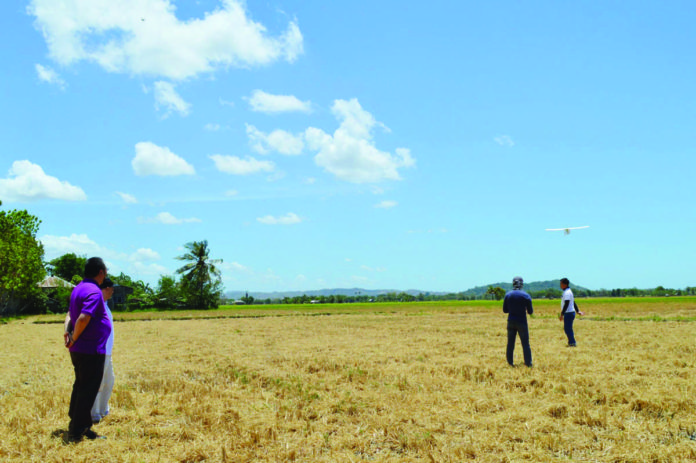
ILOILO – Government agencies and local government units (LGUs) are implementing measures aimed at mitigating the impact of the El Niño phenomenon, which has caused approximately P726 million in damage to the agriculture sector in Western Visayas.
According to the Regional Disaster Risk Reduction and Management Council (RDRRMC), 14,528.85 hectares of rice, corn, and high-value crops have been affected, resulting in a production loss of 32,722.22 metric tons, valued at an estimated P726,798,810.56.
Iloilo province reported the highest damage, totaling P513,532,029.5, followed by Antique with P125,288,665.5; Negros Occidental with P55,088,956.24; Aklan with P30,187,159.32; and Capiz with P2,702,000.
No reports of El Niño-related damage have been received from the province of Guimaras.
The phenomenon has affected 19,051 farmers across the region, with the highest number in Iloilo (9,941), followed by Antique (4,104), Aklan (3,771), Negros Occidental (1,205), and Capiz (30).
The damage to the agriculture sector is expected to increase as the dry season continues until the end of April.
To date, only damage to the agriculture sector has been officially reported, with no reported damage in the fisheries sector, according to the Bureau of Fisheries and Aquatic Resources (BFAR).
However, a water shortage has been officially reported in Himamaylan, Negros Occidental, affecting several barangays since December 2023.
Office of Civil Defense (OCD) regional director Raul Fernandez said various government agencies, along with LGUs, are actively assisting affected farmers through programs such as the distribution of seedlings, water impounding systems, cash for work initiatives, heat-resistant seedlings, farm inputs and machinery, preparation for water rationing, and ensuring enough water supply for potable and domestic use.
In Iloilo, Gov. Arthur Defensor Jr. has allocated P15 million for the SIGURADO program to insure farmers not covered by the Philippine Crop Insurance Corporation, with a premium of P2,000 per farmer.
Antique and Negros Occidental are also distributing financial assistance to farmers.
Fernandez said while a state of calamity is being considered, the criteria for declaration have not yet been met.
The criteria include a minimum of 15% of the population requiring emergency assistance, at least 30% of livelihood sources impacted, significant damage to infrastructure, extensive agricultural destruction, disruption of essential services, and significant environmental degradation.
The process involves declarations at the municipal level first, followed by the provincial level, and potentially covering the entire region if the situation warrants./PN





